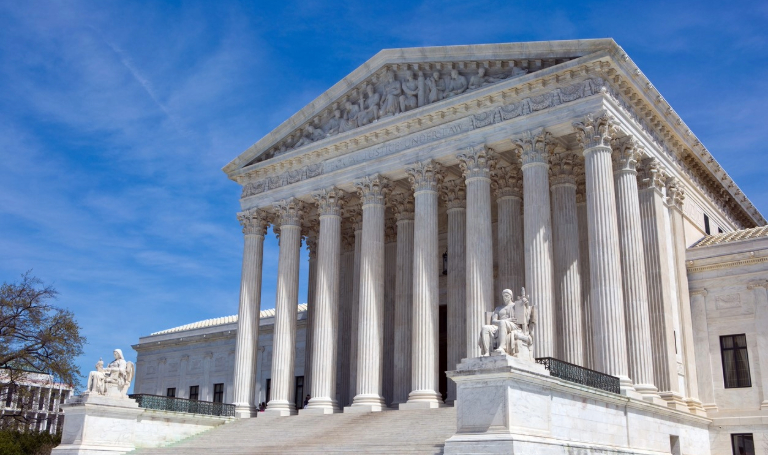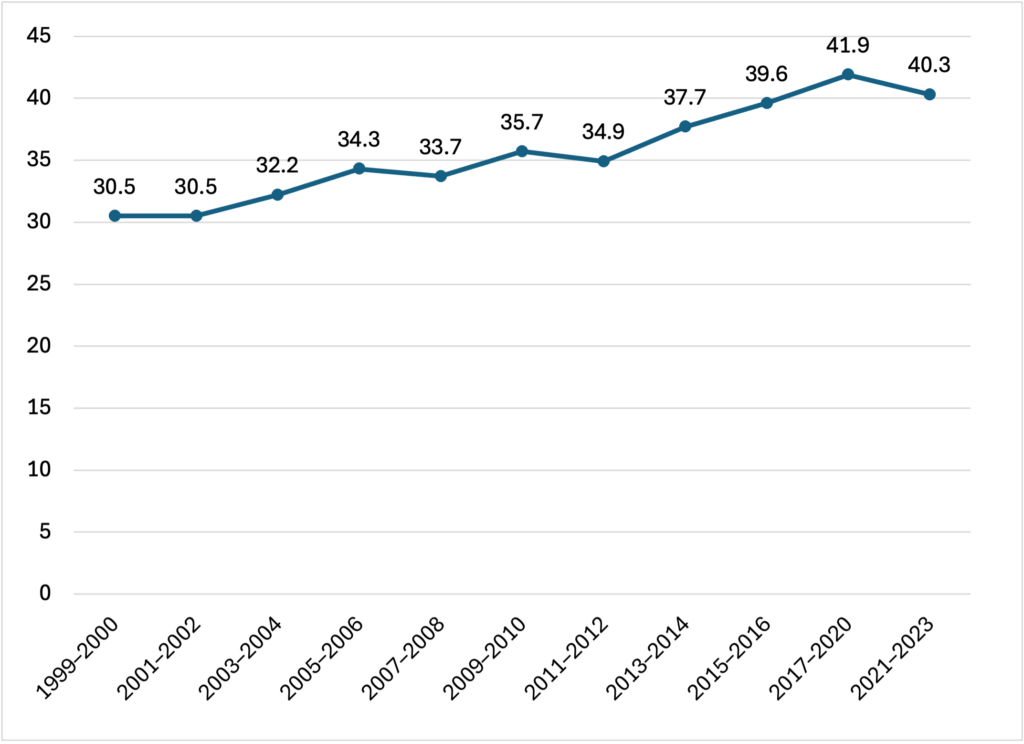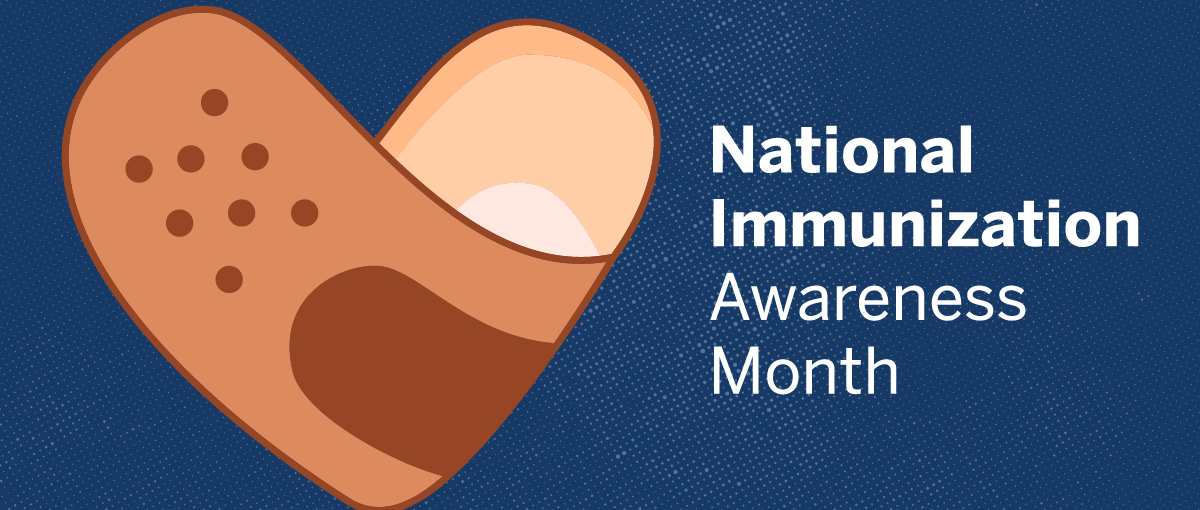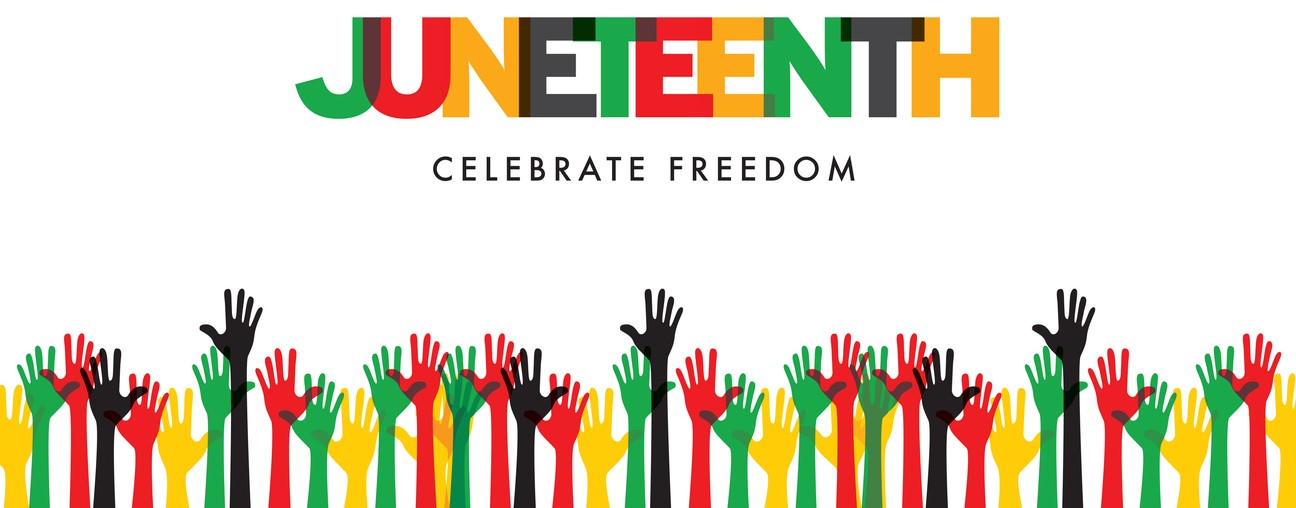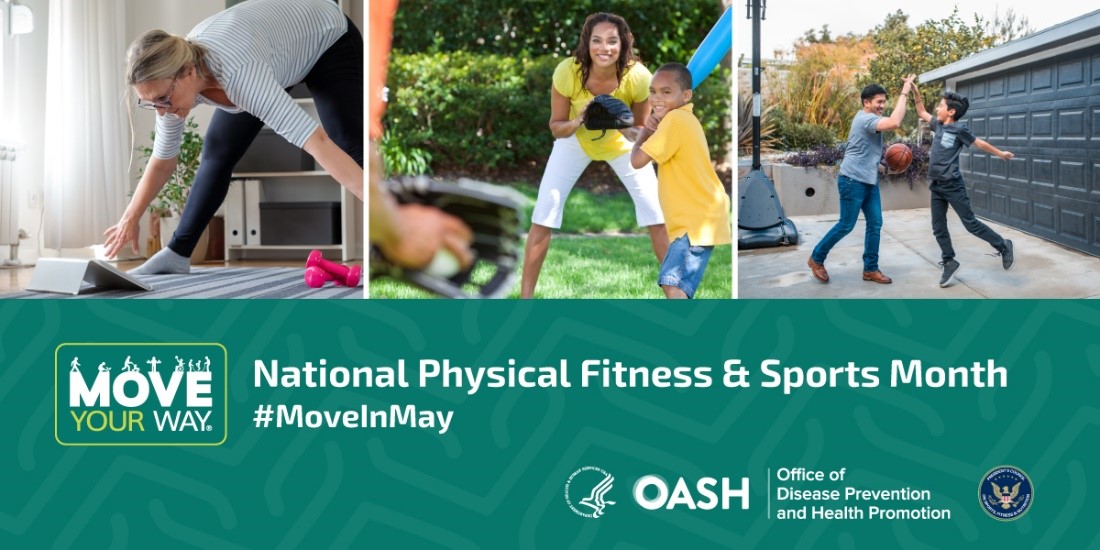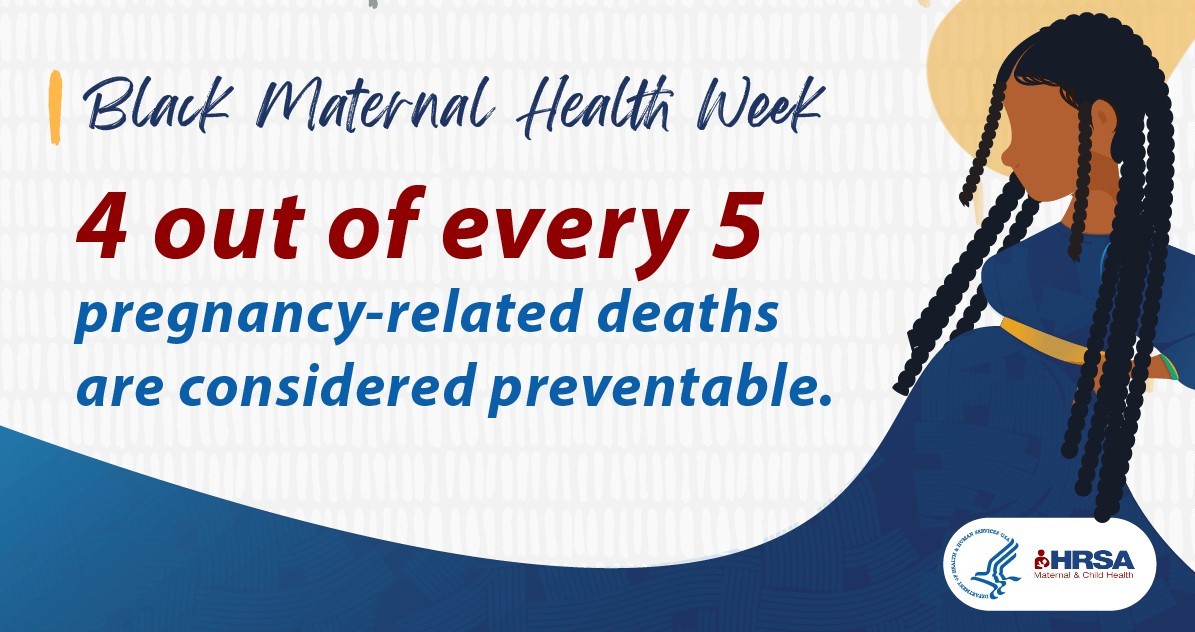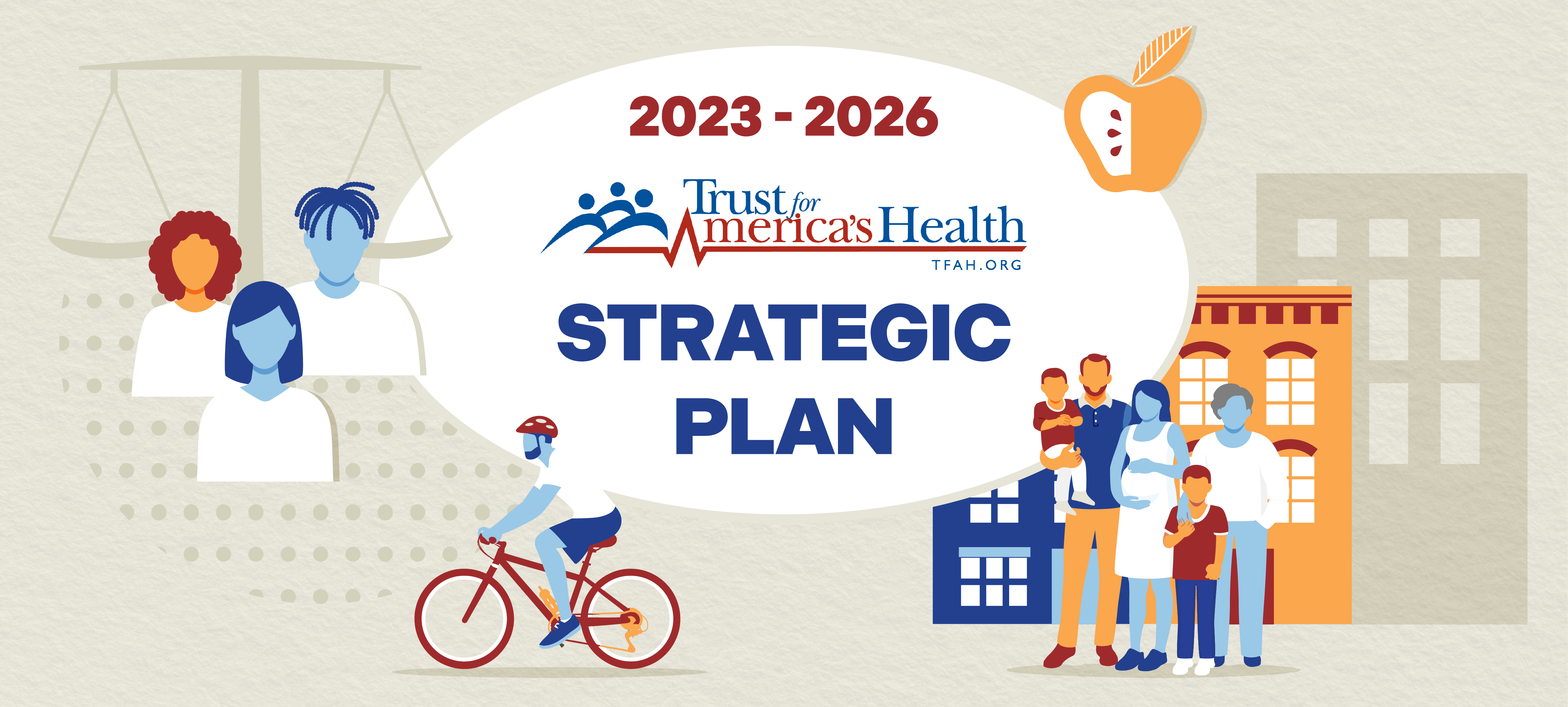Brief Calls on U.S. Supreme Court to Reverse Lower Court Ruling that Would Threaten Access to Preventive Health Services for Millions of Americans
(Washington, DC – October 31, 2024) – Trust for America’s Health (TFAH) joined the American Public Health Association, the Robert Wood Johnson Foundation, ChangeLab Solutions, and 120 distinguished public health deans and scholars in filing an amicus brief in Becerra v. Braidwood Management, Inc., a case currently under review by the U.S. Supreme Court.
The brief outlines the public health implications of an earlier ruling in the case by the U.S. Court of Appeals for the Fifth Circuit that would threaten no-cost coverage of preventive health services and screenings for more than 150 million Americans who are enrolled in private insurance plans. A decision that if not reversed would exacerbate the nation’s high rates of chronic disease and health disparities.
Free access to recommended preventive health services is a critical feature of the Affordable Care Act. Such preventive care has been proven to save lives and reduce healthcare costs. Affected services could include cancer screenings, infectious disease vaccinations, and cardiovascular disease prevention. Heart disease and cancer are among the leading causes of death in the United States.
Key points of the amicus brief:
- Evidence shows that access to preventive services is critical to supporting the health and well-being of individuals and families.
- The earlier ruling eliminates guaranteed no-cost coverage for dozens of preventive health screenings and services, significantly increasing the risk of poor health and preventable death for millions of Americans.
- The added burden of paying out-of-pocket for health screenings will lead to many illnesses going undetected in their early, most treatable stages.
“Health screenings and other preventive services are bedrock to ensuring Americans’ health and to addressing the country’s growing rates of chronic disease and reducing health disparities,” said J. Nadine Gracia, M.D., MSCE, TFAH’s President and CEO. “TFAH joins the growing chorus of public health leaders and experts calling on the Supreme Court to reverse the Fifth Circuit decision. Doing so will save lives.”
Read the full brief here: Braidwood – Cert stage amicus brief final(773325504.8)
Trust for America’s Health is a nonprofit, nonpartisan public health research, policy, and advocacy organization that promotes optimal health for every person and community and makes the prevention of illness and injury a national priority.
